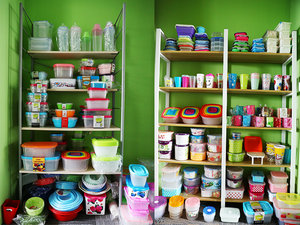

Polypropylene (PP) is a thermoplastic addition polymer […]
Polypropylene (PP) is a thermoplastic addition polymer made from a combination of propylene monomers. It has a wide range of applications, including consumer product packaging, plastic parts for the automotive industry and textiles. Philip Oil Company scientists Paul Hogan and Robert Banks first made polypropylene in 1951, and later Italian and German scientists Natta and Rehn also made polypropylene. Natta perfected and synthesized the first polypropylene product in Spain in 1954, and its crystallization ability aroused great interest. By 1957, the popularity of polypropylene had soared, and widespread commercial production began throughout Europe. Today, it has become one of the most commonly used plastics in the world.

According to reports, the current global demand for PP materials is about 45 million tons per year, and it is estimated that the demand will grow to about 62 million tons by the end of 2020. The main application of PP is the packaging industry, which accounts for about 30% of the total consumption. The second is electrical and equipment manufacturing, which consumes about 26%. The household appliances and automobile industries each consume 10%. The construction industry consumes 5%.
PP has a relatively smooth surface, which can replace some other plastic products, such as gears and furniture pads made of POM. The smooth surface also makes it difficult for PP to adhere to other surfaces, that is, PP cannot be firmly bonded with industrial glue, and sometimes must be bonded by welding. Compared with other plastics, PP also has the characteristics of low density, which can reduce weight for users. PP has excellent resistance to organic solvents such as grease at room temperature. However, PP is easily oxidized at high temperatures.
One of the main advantages of PP is its excellent processing performance, which can be formed by injection molding or CNC processing. For example, in the PP medicine box, the lid is connected to the bottle body by a living hinge. The pill box can be directly processed by injection molding or CNC. The living hinge connecting the lid is a very thin plastic sheet, which can be bent repeatedly (moving within an extreme range close to 360 degrees) without breaking. Although the living hinge made of PP cannot bear the load, it is very suitable for the bottle cap of daily necessities.
Another advantage of PP is that it can be easily combined with other polymers (such as PE) to form composite plastics. The copolymer significantly changes the properties of the material, and can achieve stronger engineering applications compared with pure PP.
Another immeasurable application is that PP can act as both a plastic material and a fiber material.
The above characteristics mean that PP can be used in many applications: plates, trays, cups, handbags, opaque plastic containers and many toys.
More about:Plastic Picnic Bowl

Copyright © Taizhou Qiming Plastic Co. LTD Rights Reserved. Support by: HWAQ China Plastic Funnels Suppliers